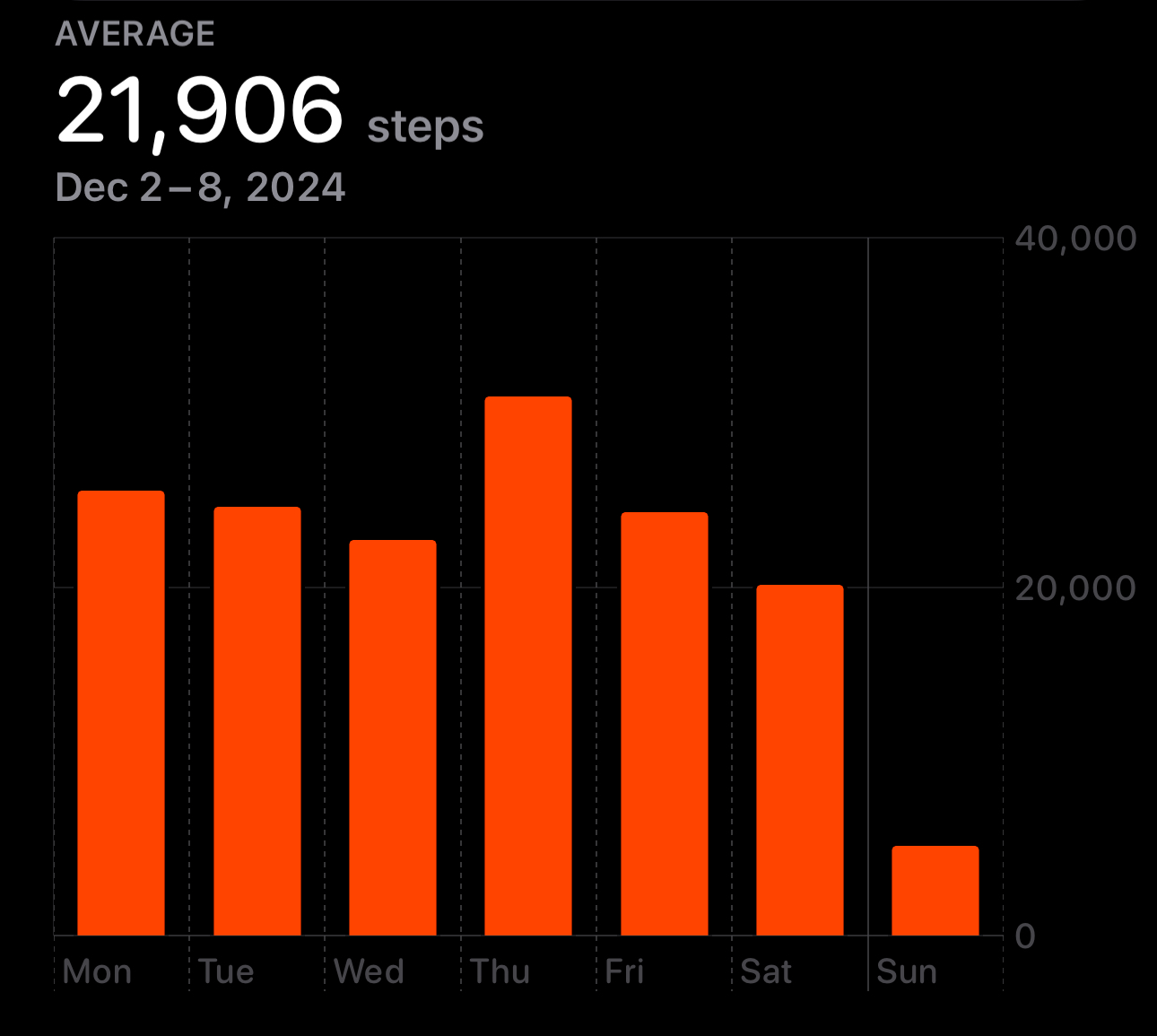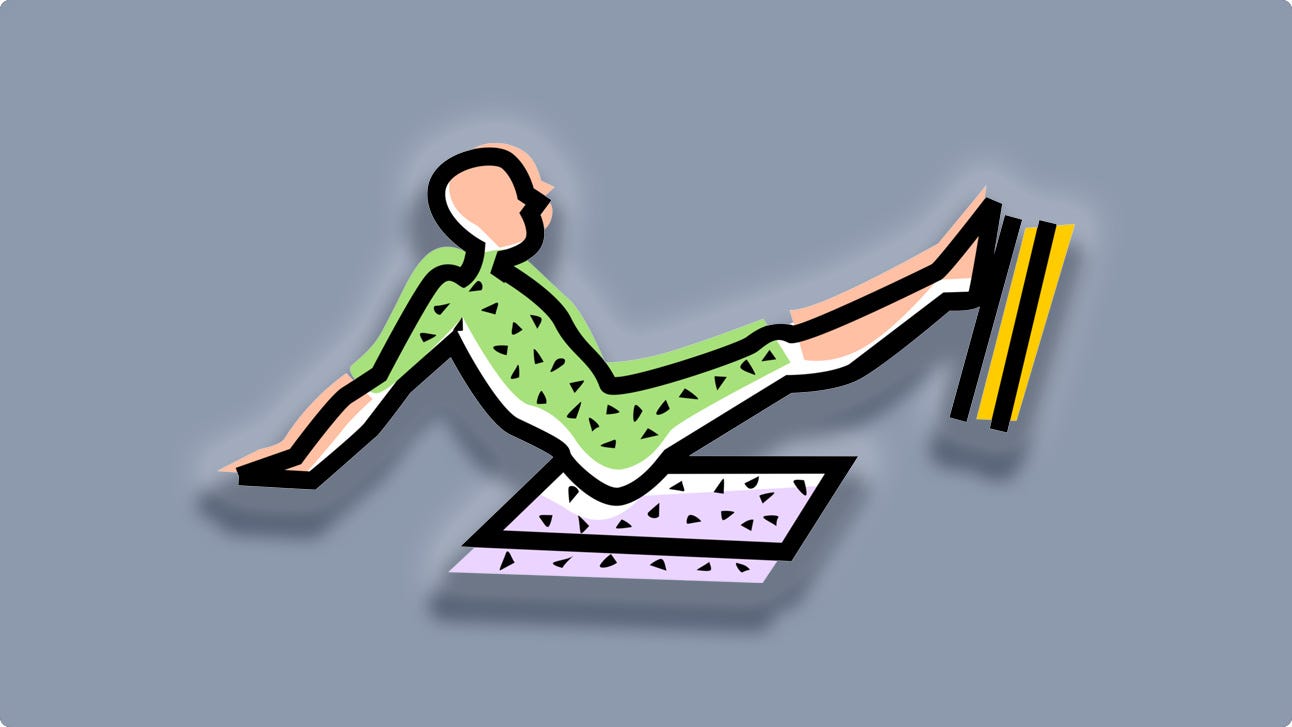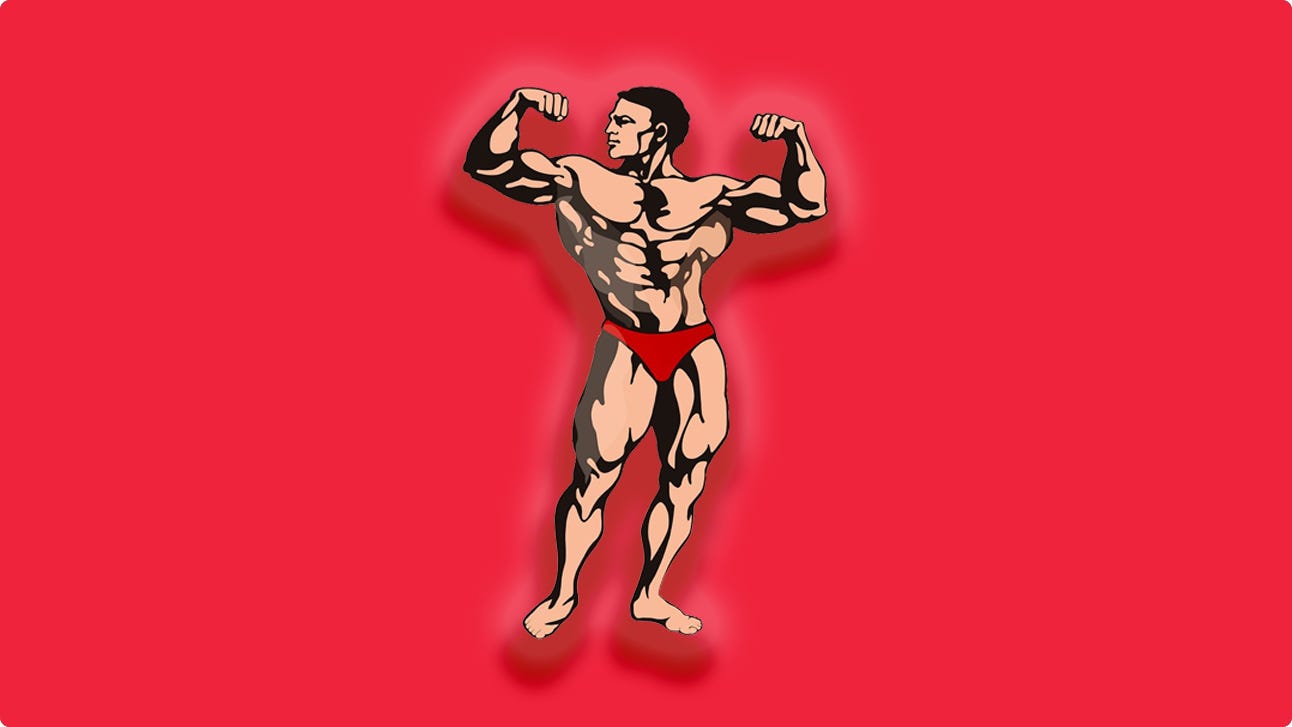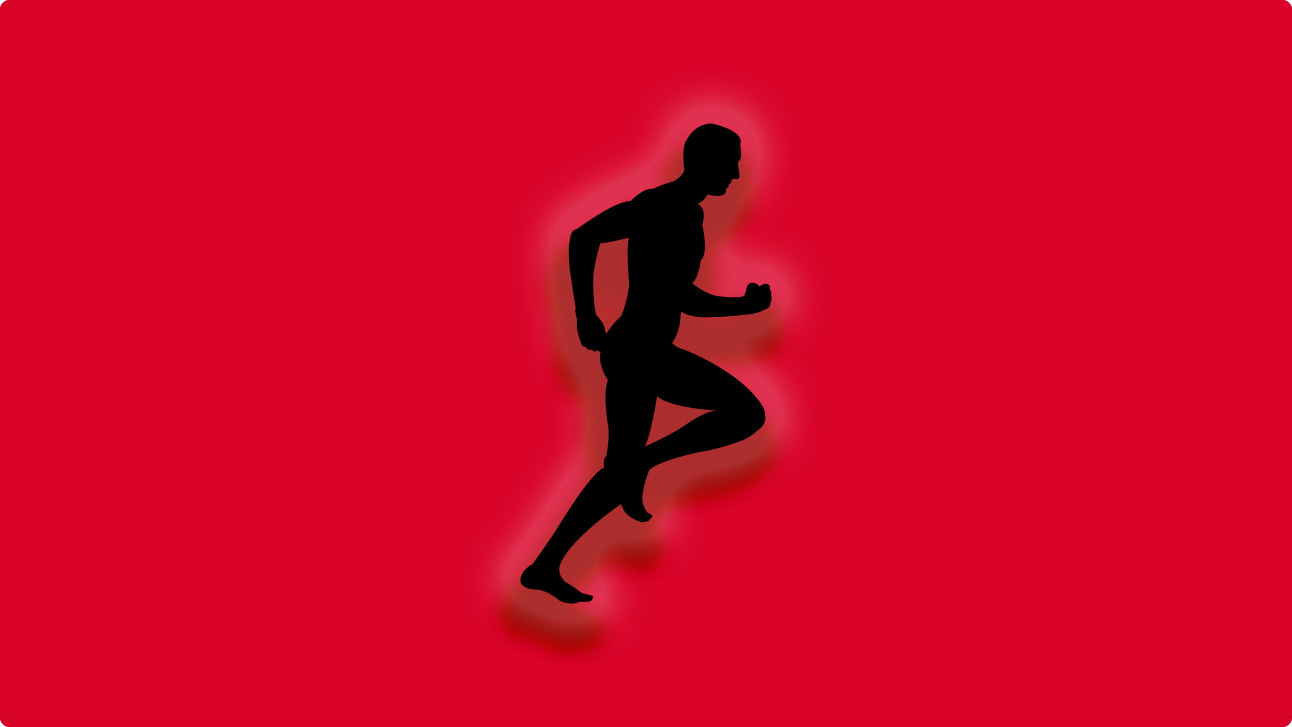Should athletes stretch before working out?
As I'm finalizing my rehab and readiness protocol for running, I'm looking for inspiration everywhere. This seemed like a natural place to start.
Top of the morning, sapien. Welcome to Common Sense Medicine, where I try and keep you up to date on the latest and greatest in longevity science.
I’m currently typing this blog post on a 14 hour flight and on a cell phone because I left my laptop at home, so bear with me as I’m probably sleep deprived and the screen is small. But, I got to finish Ready to Run on the flight and also downloaded Hal Higdon’s half marathon prep and am in the process of writing that review for the blog. On my vacation, since I was abroad, was only able to “work out” once but I was able to walk 25K+ steps most days, which is ~11 miles each day for me. Honestly, that’s pretty nuts.
Unironically, the knowledge in Ready to Run proved immensely helpful on this trip — the mobilizations associated with different parts of the lower body helped when I was having hot spots to work on as I ramped up my walking for the vacation. Walking that many steps may feel easy during the first few days but it gets tough especially if you’re trying to do it for 3+ days. I think I’m a converted soul - mobility workouts work, the hard part is just doing them day after day for ~15 minutes / day.
As December is rolling around, I’m going to try and focus my effort into increasing my caloric content slowly, preparing for the hypertrophy cycle which is coming up in the next few months (January to May). Taking almost a week and a half off from the gym doesn’t feel good inherently, but I know I’m going to be consistent when i get back so it feels a little better.
As New Years Day approaches, I can’t help but make more resolutions. I’m trying to be more in tune with mental health and start introducing meditation / mindfulness in my practice. I’ve bought a journal which can help distill some of the ideas that bounce around my head — will report how it works and whether there’s any merit in the literature about journaling.
Alright, now that housekeeping is out of the way, back to our regularly scheduled programming.
Other items on the differential:
This is a video that I saw about barefoot running, I’m going to try and cover my return to running on my YouTube channel. Also coming soon, along with the review of Ready to Run!
THE WEEKLY DOSE
Should athletes stretch before exercise?
In line with my experiences abroad, and the transformative power of mobility, today’s paper is all about stretching and what we actually know about the practice of reaching for your toes. This begs the question though, why is stretching good for you? Is there any merit to the idea that we need to be stretching our legs every time we go for a run? Empirically (albeit n=1) it seems to be the case that it helps, but what about in a more robust scientific investigation?
Alfonso et al. tried to address this in a paper which they wrote about what evidence we actually have around stretching in healthy athletes with a scoping review (rather than a meta analysis).1 Not the best kind of research, but alas, it’s not really profitable to study stretching vs a random cancer drug which will probably make millions.
The authors note in the introduction that there is a dose-response effect to stretching, but they also consider foam rolling / strength training as an option vs. stretching. They also make it very clear that this isn’t a pooling of results but rather a way to figure out what is still unknown in stretching research, or what they call an “evidence gap map.” But let’s dive into the research and see what they said.
Trial had a broad scope but limited conclusions drawn
The scoping review took into account all healthy athletes in observational or experimental studies, looking at the performance data after acute stretching (with responses up to 72h post stretching). It had a pretty broad inclusion criteria, which makes sense because they’re trying to include all possible research to see where the gaps are. The trial skewed towards healthy non-elite athletes, which is great for me Not only because I have some papers to study based on their findings, but also at least the scoping review is focused on one sub-population which can actually gain use from it.
The study looked at five major data points in each study included in the review — participant, intervention, comparator, outcome related information, study design, and context of interventions.
The most important intervention that they were looking for (IMO) was the intervention and the comparator, along with the outcome related information. They tried to first assess the type of stretching (proprioceptive neuromuscular facilitation, static/dynamic, etc.), and then see what the trials compared it to (modality wise, timing wise, etc.). They also measured various dimensions of outcomes (physiological lab values like lactate, muscle / tendon stiffness, neural/physical like RPE, and performance related like ROM).
Stretching research is skewed towards young, male athletes
Most of the participants were male, and skewed younger (upper bound of age was 36). Trials mostly considered stretching in the context of a single sport with soccer having the most amount of trials (26.2%), although they didn’t mention whether the trials were conducted during the season or during the off season (180 trials, 60%). Even the length of the stretching program was inadequate in some of the trials, failing to meet the 4 weeks of time needed to show a physiologic adaptation to the stretching program.
Between the various stretching, static active stretching took the cake (62.3% of studies) but they included ballistic stretching, PNF (contracting muscles then relaxing them), and dynamic stretching. Trials were short (<8 weeks) and they only did 3 average weekly sessions across all trials. Trials also only reported performance metrics (ROM / strength gains). 94% of the trials had < 50 participants, which limits the conclusions that I can draw from the results of this study.
Chronic effects of stretching are understudied, creating a greater reliance on experience
Most of the sports science literature I review has the same outcome — more research is needed because the heterogeneity is too complex to show any conclusive evidence. The evidence gap map generated in this paper is useful, because it notes that chronic stretching effects, like those lasting several months to years after stretching, are hard to evaluate in trials — only 2% of the 300 trials studied lasted more than 16 weeks.
Plus, stretching outside of warming up isn’t considered very much in the literature, as 85% of the trials only considered stretching before working out. After reading Ready to Run, I am mostly in the camp that mobility is a way of life — it should be applied not only before I run or workout, but more generally throughout the day. For example, at work, we should endeavor to sit as little as possible, continue to stretch our hip flexors and quads and be able to address our deficits wherever possible. However, the literature is scarce on injury prevention, rather opting for performance metrics like ROM / strength, which the authors note.
They didn’t include recreational gym-goers and limited their analysis to those who compete, but I think that the study could have been more robust had they included those who don’t consider themselves athletes to see how stretching can impact them. So, as it currently stands, stretching is *fine* to do before athletic competitions but we have no idea whether it helps or hurts people who are just trying to run or go to the gym for fun. Great. So it doesn’t help me really.
Therefore, after reading this, I think I still stand firmly in the camp that stretching is helpful for me from an n=1, athletic? perspective, and that the lack of literature shouldn’t preclude someone from seeing whether they have beneficial chronic effects.
To prevent injuries as I’m preparing to run, I think I’m going to start incorporating a combined mindfulness / stretching activity daily, just to prepare my body for the act of running and bulletproof my body / mind. This paper showed me that most of the literature around stretching is still inconclusive, so at least observations about my personal habit of stretching can be informative at least from an anecdotal perspective. It really helped me when I ramped up my walking, so I think that it can similarly help when escalating to running.
REMEMBER, IT’S JUST COMMON SENSE.
Thanks so much for reading! Let me know what you thought by replying to this email.
See you next week,
Shree (@shree_nadkarni)
The information provided here is not medical advice. This does not constitute a doctor patient relationship and this content is intended for entertainment, informational, and educational purposes only. Always consult with a doctor before starting new supplementation protocols.
Afonso J, Andrade R, Rocha-Rodrigues S, et al. What We Do Not Know About Stretching in Healthy Athletes: A Scoping Review with Evidence Gap Map from 300 Trials. Sports Med. 2024;54(6):1517-1551. doi:10.1007/s40279-024-02002-7






